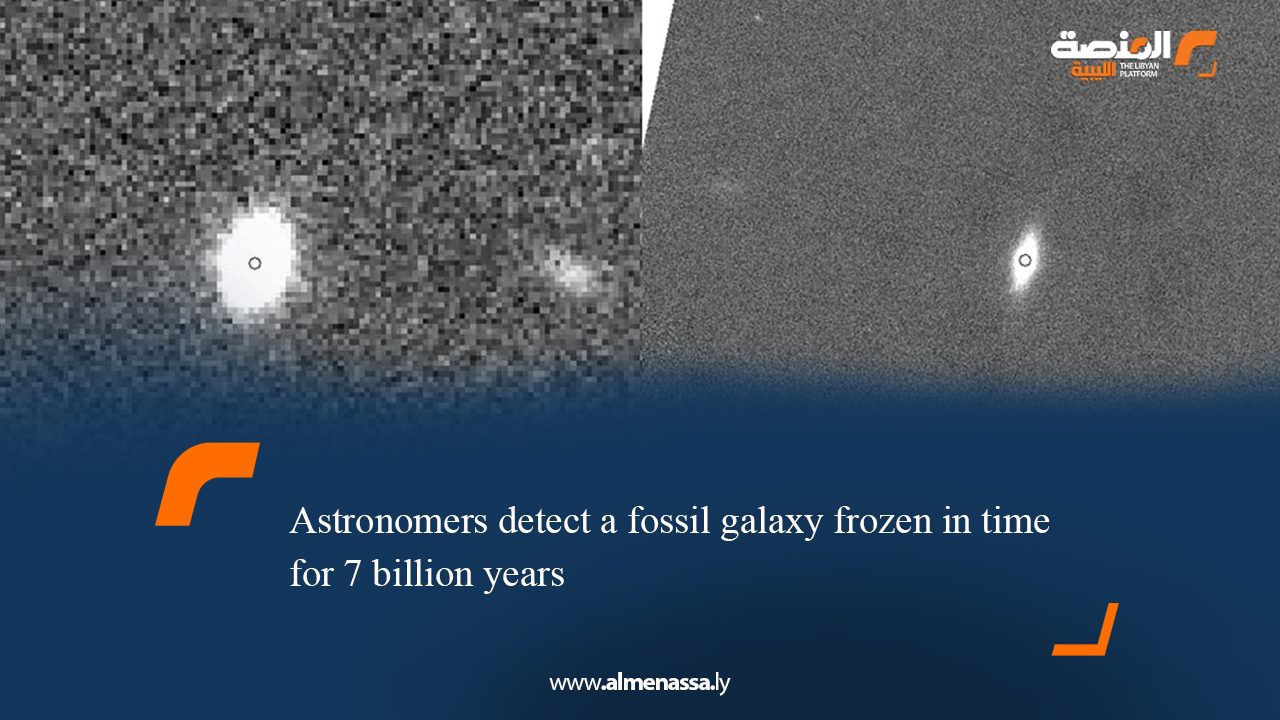A team of astronomers has identified an exceptionally rare galaxy that has remained structurally unchanged for over seven billion years, offering a rare glimpse into the early evolution of the universe. The galaxy, named KiDS J0842+0059, lies approximately three billion light-years from Earth, making it the most distant fossil galaxy ever observed beyond the “local universe,” a region extending roughly one billion light-years around Earth.
The discovery was made using high-resolution imaging from the Large Binocular Telescope in Arizona, led by researchers from Italy’s National Institute for Astrophysics.
Fossil galaxies are defined by their early, intense star formation followed by a prolonged period of inactivity. Unlike typical galaxies that evolve through mergers and environmental interactions, these galaxies remain largely unchanged, providing a window into the conditions of the ancient cosmos.
Dr. Crisenzo Tortora, lead author of the study published on 31 May in the Monthly Notices of the Royal Astronomical Society, noted that such galaxies are extremely rare because galactic mergers are common over time. Their survival suggests they avoided interaction with neighboring systems, making them “cosmic time capsules.”
The study explains that massive galaxies typically form in two stages: an initial burst of star formation producing a compact structure, followed by gradual changes through external interactions. Fossil galaxies like KiDS J0842+0059 appear to have skipped this second phase, retaining more than 75% of their original mass.
Dr. Chiara Spiniello of Oxford University, a co-author of the study, described the galaxy as an “extreme cosmic fossil,” estimating that 99.5% of its stars formed during an early epoch and that no significant activity has occurred since. She added that while the galaxy contains stars and planets, its density likely prevents the formation of stable planetary systems due to the proximity of its stars.
Researchers suggest that supermassive black holes may play a role in halting star formation by expelling or heating gas within the galaxy, though this remains under investigation.
Professor Michele Cappellari of Oxford University emphasized the importance of fossil galaxies as direct links to the universe’s formative stages, allowing scientists to reconstruct the conditions under which the first stars and galaxies emerged.
KiDS J0842+0059 was first observed in 2018 using the VLT telescope in Chile, but only recent measurements from the Large Binocular Telescope confirmed its fossil status.


